Although this mountain welcomes thousands of tourists every year, few dare climb to its summit.
Mount Kailash is one of the holiest mountains in the world , revered by more than 1 billion Buddhists, Hindus, and Jains. Because the mountain is so sacred, no one dares to climb to the top.

Also known as Kangringboqe Peak, the mountain is 6,714m high and is located in the southwest corner of Tibet. Hindus and Buddhists believe that this is the home of Lord Shiva and call it the mythical Mount Meru – the center of the universe.
According to the Times of India, people do not dare climb Mount Kailash for fear that it will affect the sanctity of the mountain.

Legend has it that a monk named Milarepa conquered the mountain and returned to “warn people not to disturb the gods resting up there.”
Apart from religion, mythology and weather conditions, Mount Kailash is considered unclimbable due to the physical challenges faced by climbers.
A Tibet travel agency website writes: “The shape of Mount Kailash is like a pyramid, the slopes are steep, and the snow cover is continuous, making climbing extremely difficult. The symmetrical cliffs are towering, and the slopes are almost vertical, making it very difficult to climb.”

Although Mount Kailash has never been climbed on record, it still welcomes thousands of pilgrims every year.
Getting there requires a lot of perseverance, there are no flights, trains or buses operating here. Getting around is difficult and dangerous.
The three-day pilgrimage, known as “The Kora,” involves walking around the base of the mountain three times clockwise. Jain and Bon followers repeat the process counterclockwise. It is estimated that participants walk between 15 and 22 kilometers each day.

The journey begins at the small town of Darchen, at an altitude of about 4,600m. While the highest point - Drolma La-Pass, is 5,650m above sea level.
On the first day, pilgrims will follow the route on the south and west sides of the mountain, which is fairly flat and easy to walk. On the second day, conditions become more difficult for trekkers on the north and east sides of the mountain, including along the 5,650m Drolma La pass.

The pilgrimage gets easier on the final day, which is also the shortest. Travelers head south and complete their journey by early afternoon.
Those who want to join this pilgrimage should be between the ages of 18 and 70, and need to practice for a maximum of 3 months before departure.
(According to 24h, April 13, 2024)
Source



![[Photo] National Assembly Chairman Tran Thanh Man attends the 725th anniversary of the death of National Hero Tran Hung Dao](https://vphoto.vietnam.vn/thumb/1200x675/vietnam/resource/IMAGE/2025/10/12/1760285740475_ndo_br_bnd-8978-jpg.webp)
![[Photo] The 1st Government Party Congress held a preparatory session.](https://vphoto.vietnam.vn/thumb/1200x675/vietnam/resource/IMAGE/2025/10/12/1760257471531_dsc-4089-jpg.webp)
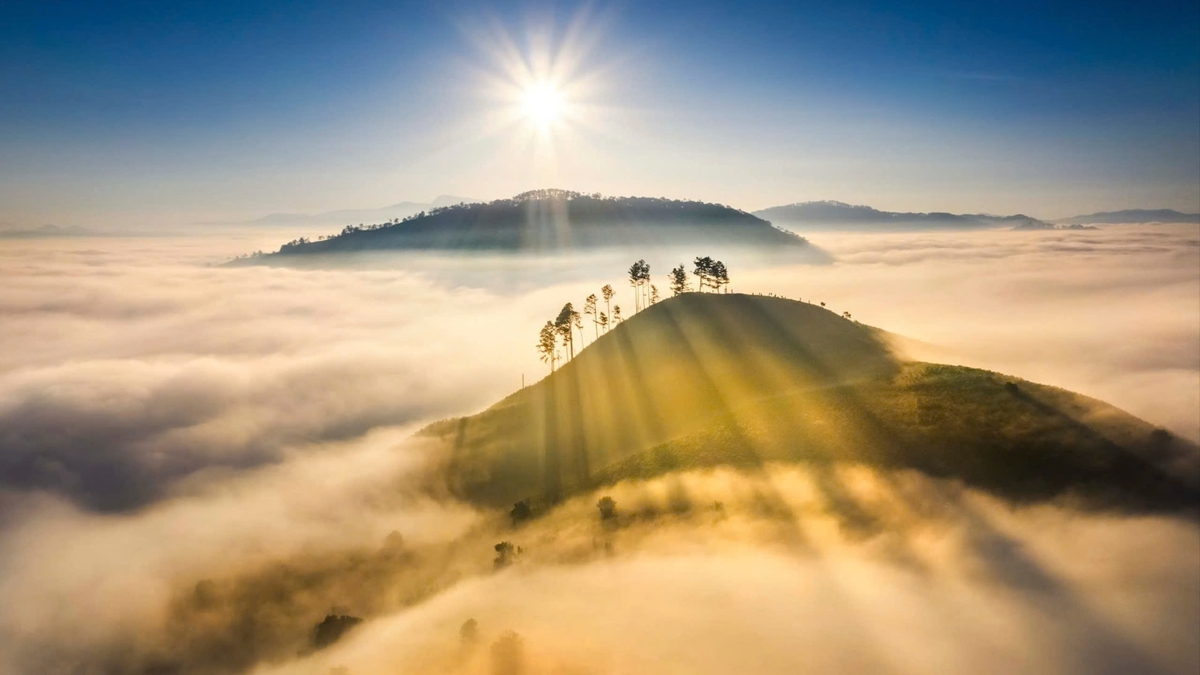
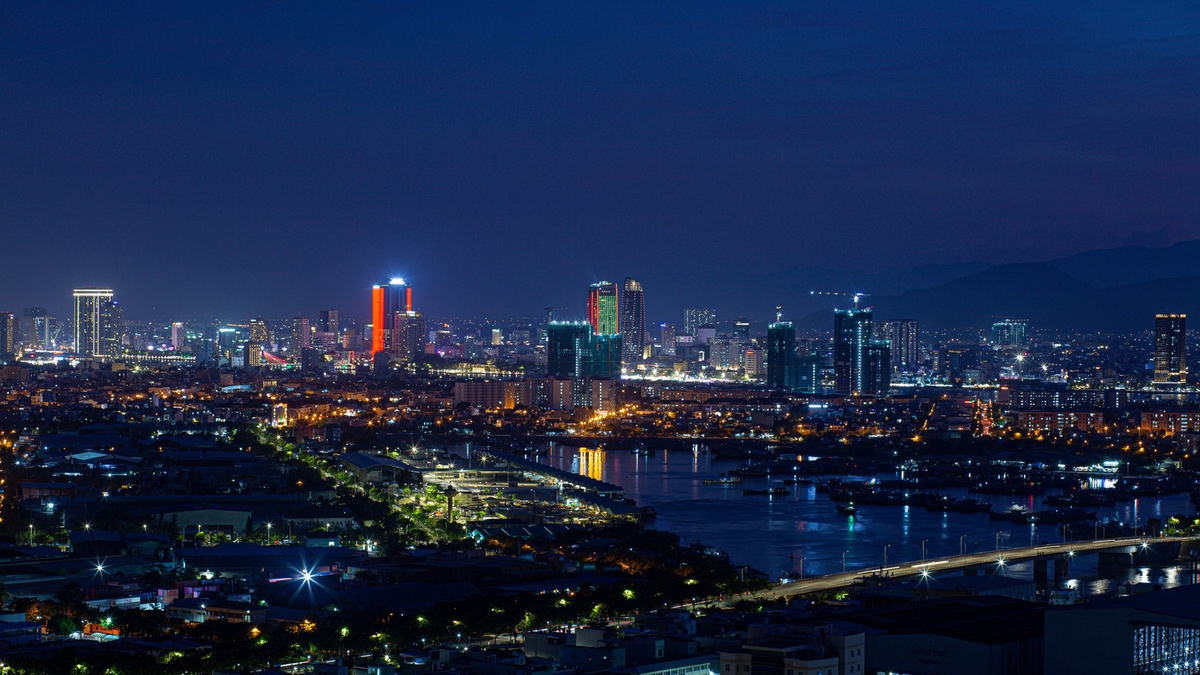
![[Photo] Delegation attending the Government Party Congress visited President Ho Chi Minh's Mausoleum](https://vphoto.vietnam.vn/thumb/1200x675/vietnam/resource/IMAGE/2025/10/12/1760240068221_dsc-3526-jpg.webp)









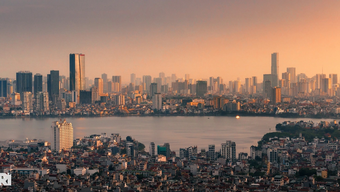











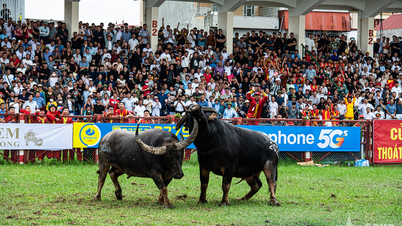

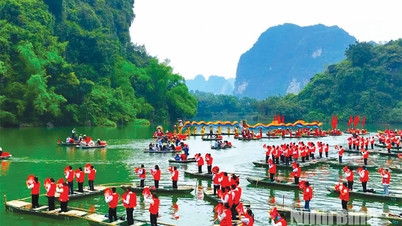



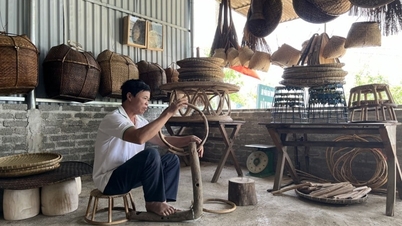

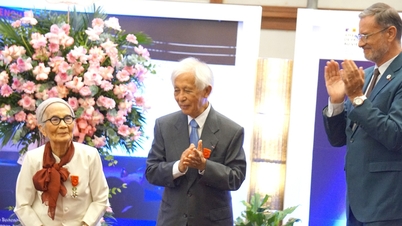




















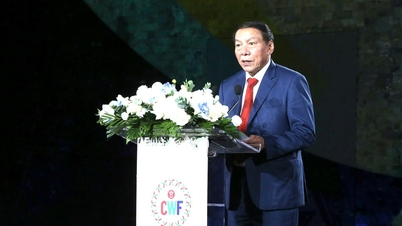

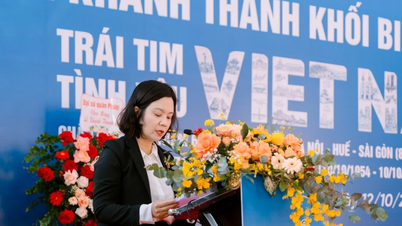









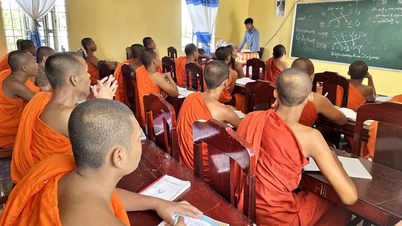





















Comment (0)